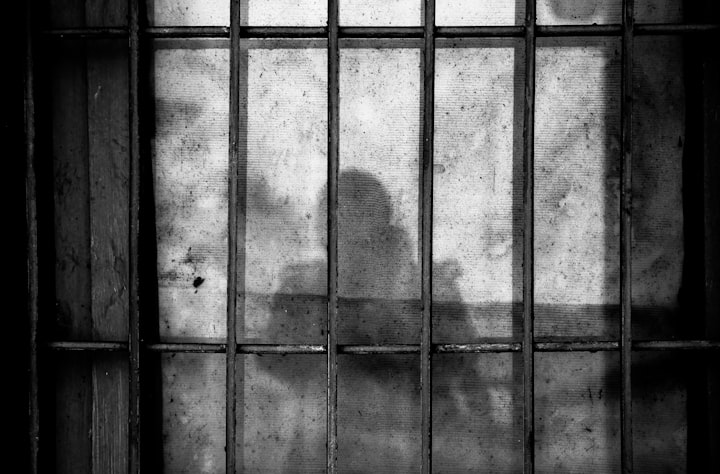Movie Review: 12 Angry Men
Movie Review: 12 Angry Men

Sidney Lumets' court drama in 1957 in New York City features twelve middle-aged white men discussing an open and closed murder case in a small claustrophobic courtroom. 12 Angry Men (1957) "12 Angry Men" is a heartwarming, shocking and compelling investigation into a separate group of twelve judges, all men, middle-aged, white, and middle, who came together to discuss and hear the facts of an open and closed murder case.
In the case of the 12 angry men, one man stood out in the courtroom in a case where many people believed in a certain way. The verdict in the trial of the judge and the judge in the murder case is asked in a single voice, compiled by the concerned judge.
As the story unfolds, we learn more about the personalities of the judges, and the heated arguments of the 12 Angry Men advanced. We don’t know the names of the men in the room, but the combination of the in-depth screenplay and Rose-focused concerts gives us a glimpse into the souls of the judges: Jack Warden, a sports fan who enjoys voting by the way. he does, Lee J. Cobb holds his anger and grief apart from his son in this current decision with Ed Begley, a hairy racist. The editors on the lap are twelve actors Lee Cobb and Ed Beasley.
One of the participants was Juror 8 (Henry Fonda): he had reasonable doubts about the defendants' case and presented his arguments for others to hear. But during the first round of voting, his 10 judges agreed. The judge admitted that he did not know whether the defendant was guilty or innocent and that he had no intention of deciding whether the man had lived or died without proper consideration.
With 90% of this old black and white film, the cameras are locked in the jury, and 95 minutes are shot in real-time in the real judiciary. The intensity of the film is based on conflicting personalities, conversations, and body language, not on the actions of the defendant, which can be seen in one short film, while thought, emotion, and prejudice fight for field management. It sounds like it's being played live, and I'm not sure that's because Lumet made it sound like a movie theater.
The film moves from the courtroom to the courtroom, just as we make time. The plaintiffs' musical theme throughout the film, a Kenyon Hopkins flute song played in the courtroom, melts in credits during this review. The film is made in black and white, and most of the film is shot in the courtroom, where Lumet's light, shadows, and blindfolds are best used to create a drama full of doubts. he will never lose it until the end.
The effect of this limitation can only add to the drama. The best way to start is for the viewer to ask themselves and take a trip with the judge men. We get all the details, doubts, and tricks, but not the solution to the crime (this is not what the film does, but it is done in a fun and engaging way).
The film examines the inner workings of what is happening in the courtroom, but it is about more than just deciding whether a defendant is innocent or guilty. In a crowded room, the drama intensifies as judges re-witness the movement of eyewitnesses and the sudden production of a knife. The result doesn't stand still, as Sidney Lumet bows to the film, while the director directs his actors in a small space.
It is a thrilling judicial drama in which Fonda's hand alone declares without a doubt that there is a decision on fire in a murder case. The film is a simple film, straightforward in every way, with a well-written stage play featuring members of a twelve-judge panel that decides the fate of a Latino boy in the case of his father's murder. But the film builds character development through minor speeches, showing great differences between men, commenting on lawyers ’interviews, homosexuality of court-appointed lawyers, and harassment of other murder cases, and comparing verbal convictions with a clever salesman.
The film begins with all the judges without believing that the little boy is guilty. That is one basic question that causes some men to reconsider their decision. It is a myth that is provoked by some judges as they try to convince Henry Fonda to believe otherwise. Before a decision can be made on the integrity of the defendants, there is much that needs to be discussed and investigated, as well as their discrimination and the underlying motives that come to light during the trial. The judges did not say that the defendants involved were innocent, as we see in the film, but the case and the defense attorneys left the jury skeptical, and Mr. Rose began exposing the perpetrators as his opponent.
Details of the case and the obvious collision were revealed in flashbacks as the judges reviewed the case. The transfer of 12 Citizens of Citizens from 2015 investigates the format and shows a moratorium on the judge urging the judge to convict the defendants who have the right to sexually harass the victim, and their lawyer is urging 11 judges to be released.





Comments
There are no comments for this story
Be the first to respond and start the conversation.